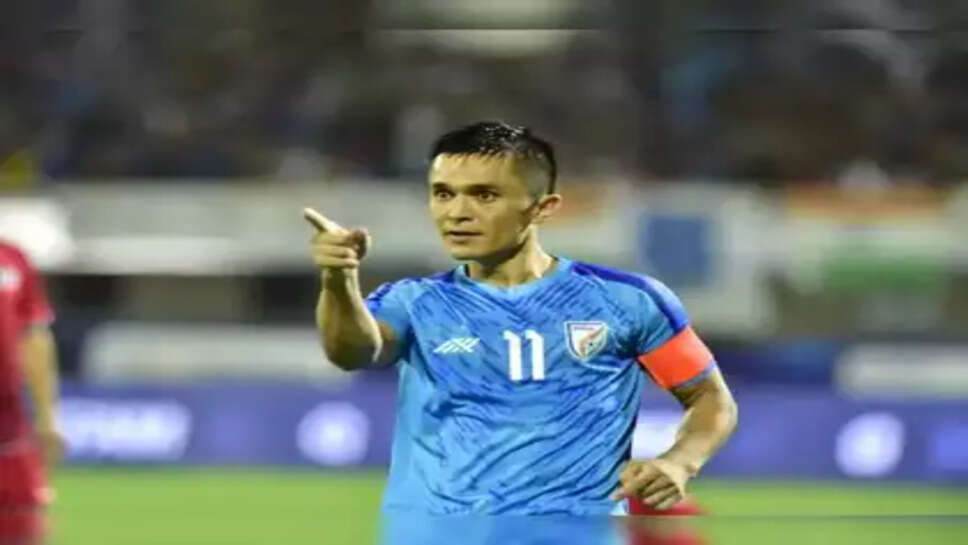Indian Football in Crisis: ISL Put on Hold, Chaos Looms

The Indian Super League (ISL), once seen as the beacon of a new era for Indian football, is now facing a moment of deep uncertainty. With reports suggesting that the next season may be delayed—or worse, drastically altered—players, clubs, and fans are left in a state of anxious limbo.
What was supposed to be a period of planning and preparation for the 2025 season has turned into a vortex of confusion. Players are hesitant to sign contracts, clubs are stalling preseason plans, and the All India Football Federation (AIFF) has yet to deliver a clear roadmap. The silence from decision-makers is only amplifying the sense of fear among stakeholders whose livelihoods depend on the sport’s continuity.
A League in Suspended Animation
The ISL has been a key component of India’s football ecosystem for a decade, boasting glitzy sponsorships, foreign imports, and growing domestic talent. But despite its growth, the league has faced criticism for being financially top-heavy and disconnected from traditional football structures in the country.
Recent developments have compounded these concerns. There are whispers of structural overhauls being proposed behind closed doors—ranging from merging ISL with the I-League into a single-tier league to changes in broadcasting rights and sponsorship models. While reforms may be necessary, the lack of transparency is what’s deeply unsettling the football community.
With preseason usually beginning by July, the delay in communication has created scheduling nightmares for clubs and rendered many player contracts void or suspended. For the younger players and journeymen professionals—who don't have the luxury of big retainers or overseas deals—this is a financial and emotional blow.
Players on Edge
Professional footballers across the country have begun to speak out, albeit cautiously. Many of them are in the dark about their careers. For players outside the national team setup, ISL is the only stage for visibility, performance, and livelihood.
“This is not just about football. It’s about rent, food, family,” said one anonymous ISL player, whose club is among those still waiting on clarity regarding the start date. “Every day we wait, we lose time and money.”
Many players were due to enter contract renewals or transfers during this window. With the league’s status in question, clubs are hesitant to make financial commitments. Agents are reporting that negotiations have stalled across the board. Some players are even contemplating temporary stints in local leagues or lesser-paying foreign leagues in Southeast Asia to stay active.
Clubs Can’t Plan, Can’t Spend
The uncertainty has left ISL franchises in paralysis. From budgeting and roster planning to travel and sponsorship renewals, every aspect of club operations hinges on knowing when—or if—the season will start.
Several franchises have already started releasing foreign players or delaying foreign scouting missions. Many teams rely on a core group of foreign players to bolster their squads and attract fan engagement. Without a season timeline, they can’t assure those players contracts, visas, or work permits.
Clubs that operate on razor-thin margins are now reluctant to spend without knowing what the commercial return will be. Sponsorship agreements are also getting tougher to finalize, as brands don’t want to commit money to a product whose visibility and schedule remain unclear.
Fans Disillusioned, Frustrated
For the fans, the ISL's hold-up is both disappointing and demoralizing. Many had embraced the league as a fresh and exciting alternative to India’s often fragmented domestic football scene. Social media is buzzing with frustration, with fan clubs demanding answers and accountability from the AIFF and ISL organizers.
The delay threatens to undo the hard-earned gains in viewership and engagement built over the years. Football in India still plays second fiddle to cricket, and losing consistency in the league calendar will only deepen that disparity.
Underlying Issues: Federation vs Organizers?
At the heart of the ISL crisis seems to be a growing disconnect between the AIFF and Football Sports Development Limited (FSDL), the body that owns and operates the league. Reports suggest the federation wants a more integrated and merit-based football structure, while FSDL is concerned about commercial viability and market appeal.
There is also tension regarding club licensing and the controversial promotion-relegation model. With the I-League winners guaranteed promotion into the ISL, and potential plans for a full merger of the two leagues, several ISL franchises are lobbying against a system that might endanger their guaranteed status.
In this struggle between governance and market control, it’s the players and fans who are caught in the crossfire.
Former Stars and Coaches Voice Concern
Veteran players, former national team members, and coaches have started to speak out, calling for immediate clarity and support mechanisms.
“This limbo is dangerous for young players,” said a former Indian national coach. “Football careers are short. Wasting a season could mean the end for many.”
Coaches are similarly adrift. Without clarity on squad budgets or match schedules, they cannot prepare fitness plans, tactical frameworks, or even sign assistant staff. The entire backroom ecosystem of Indian football is effectively frozen.
A Call for Immediate Action
The way forward demands urgent intervention and transparent communication. The AIFF and FSDL need to align on key decisions—and fast. If the ISL is to be merged, reshaped, or temporarily paused, stakeholders need clarity, not rumors.
One proposed solution is a transitional tournament or “bridge season” to keep clubs active while the new structure is finalized. Another is a temporary partnership model that brings ISL and I-League clubs into a shared competition. But all of these require months of planning, funding, and coordination.
Footballers’ unions and club associations have begun lobbying for answers. If left unresolved, the crisis may lead to protests, strikes, or worse—mass exits of talent to countries with more stable football ecosystems.
The Indian Super League’s future hangs in the balance, and with it, the dreams of hundreds of players, coaches, and fans. What was once a symbol of Indian football’s professional revolution now risks becoming its cautionary tale.
If Indian football truly wants to reach the next level—domestically and internationally—its leadership must act decisively, communicate transparently, and most importantly, protect the people who make the game possible. Until then, the ISL remains in a dangerous limbo, with its heartbeat slowly fading.
